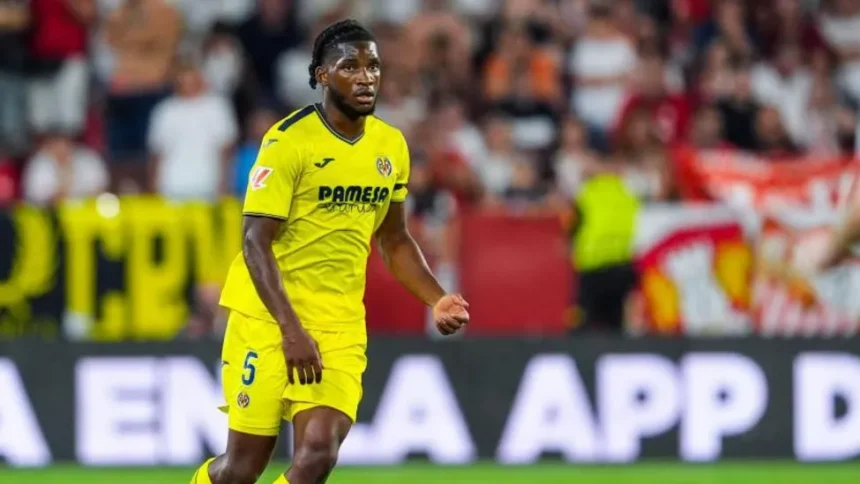Buy-back clauses have become increasingly prevalent in football transfers, reflecting a shift in how clubs manage talent and mitigate risks. This trend is reshaping the landscape of player transfers, particularly among elite clubs in top leagues like the Premier League.
The Mechanics of Buy-Back Clauses
A buy-back clause is a contractual provision that allows a selling club to repurchase a player they have sold for a predetermined fee within a specified timeframe. This clause gives the original club the security of being able to reacquire a promising player should they excel in the future.
Benefits for All Parties
The rising popularity of buy-back clauses can be attributed to the potential benefits they offer to all parties involved:
- Selling Clubs: They receive a transfer fee for a player while retaining the option to bring them back if they develop exceptionally well.
- Buying Clubs: They can acquire talented players they might not otherwise have access to, often at a lower initial cost.
- Players: They gain opportunities for regular first-team football and potential career advancement.
Strategic Advantages
Buy-back clauses provide clubs with strategic advantages in talent management and financial planning:
- Risk Mitigation: Clubs can sell promising but unproven players while protecting against the possibility of missing out if the player becomes a star.
- Financial Flexibility: These clauses can help clubs navigate Financial Fair Play (FFP) and Profit and Sustainability Rules (PSR) by allowing them to generate immediate income while retaining future options.
- Talent Development: Clubs can allow young players to develop elsewhere without losing control over their long-term future.
Real Madrid’s Influence
Real Madrid has been a pioneer in effectively using buy-back clauses, successfully reacquiring talents like Alvaro Morata, Casemiro, and Dani Carvajal. Their approach has influenced other top clubs to adopt similar strategies.
Recent Examples
The 2024 summer transfer window has seen several high-profile uses of buy-back clauses:
- Jaden Philogene’s return to Aston Villa from Hull City.
- Manchester United’s sale of Willy Kambwala to Villarreal with a buy-back option.
Challenges and Considerations
While buy-back clauses are gaining popularity, they are not without challenges:
- Some clubs are reluctant to agree to these clauses, viewing them as taking on risk without full potential upside.
- Players may have reservations about returning to a former club, adding complexity to transfer decisions.
- Regulatory bodies like the EFL have shown concern over potential third-party influence in lower league transfers involving such clauses.
Conclusion
The rise of buy-back clauses in football transfers represents a sophisticated approach to talent management and financial strategy. As clubs navigate an increasingly complex transfer market, these clauses offer a way to balance immediate needs with long-term planning. While not without challenges, the trend towards more intricate transfer arrangements, including buy-back options, is likely to continue shaping the future of football transfers.
FAQs:
- What is a buy-back clause in football transfers?
A buy-back clause allows a selling club to repurchase a player they have sold for a predetermined fee within a specified timeframe. - Why are buy-back clauses becoming more popular?
They offer strategic advantages in talent management, financial flexibility, and risk mitigation for clubs. - Which club is known for effectively using buy-back clauses?
Real Madrid has been a pioneer in successfully using buy-back clauses to reacquire talented players. - Are there any drawbacks to buy-back clauses?
Some clubs view them as risky, and there can be regulatory concerns, especially in lower league transfers. - How do buy-back clauses differ from release clauses?
Buy-back clauses are specific to the selling club, while release clauses typically allow any club to trigger a transfer by meeting a set fee.










